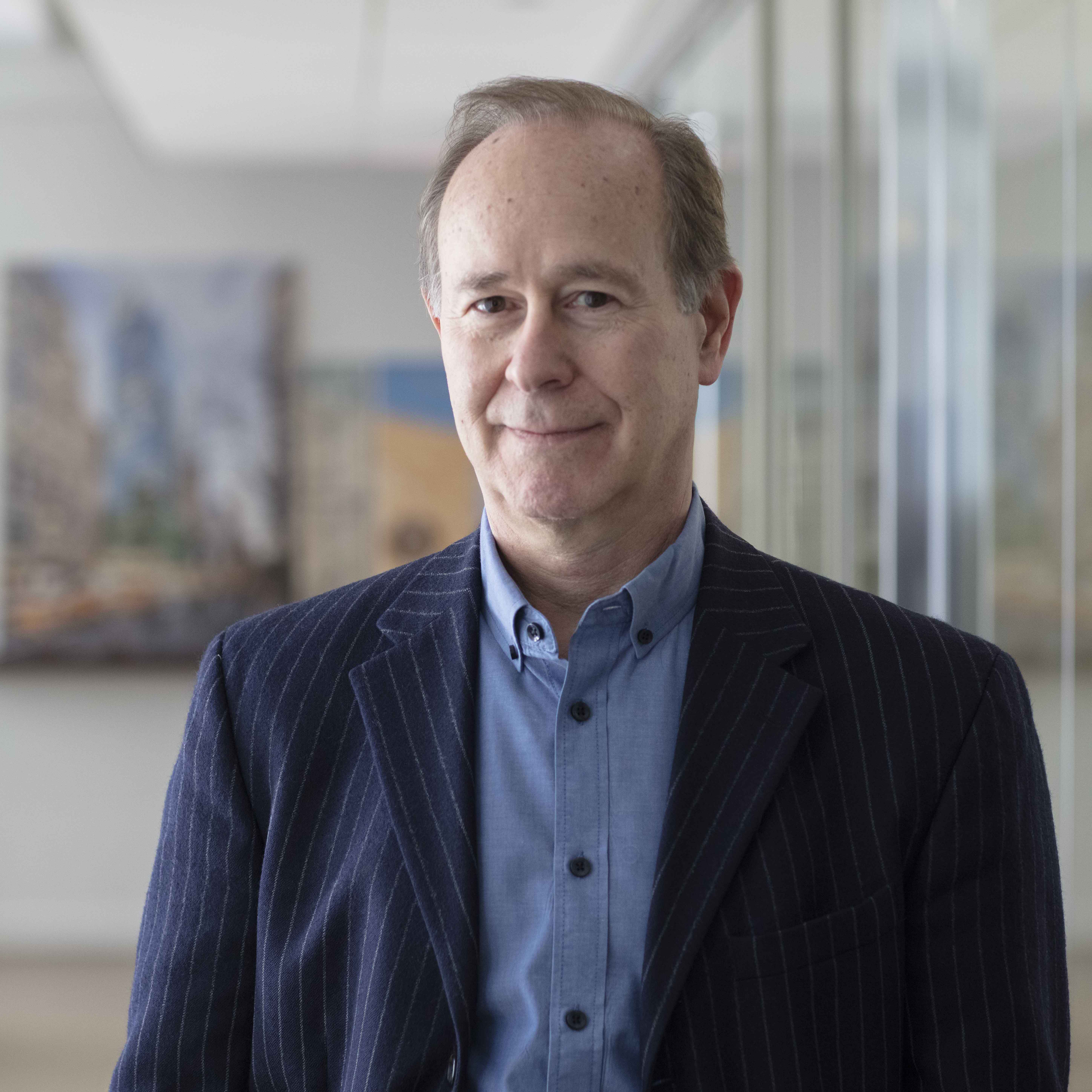Architecture Project Portfolio
Perot Museum of Nature and Science
Sheared and Shirred/Surfaces and Solids: Thom Mayne and his firm, Morphosis, turn a corner for the Perot Museum of Nature and Science in Dallas.
Read More
Ellipse Sky
Labor of Love: Two young designers deliver a refined and spirited concrete structure to a client looking for a unique family home and rental complex.
Read More
Giant's Causeway Visitor Centre
Below The Fold: An entryway to a surreal seaside landscape nods to the natural rock formations there while not overshadowing them.
Read More
CCTV Headquarters
Too Big To Fail?: Long awaited and much debated, the enormous headquarters for CCTV finally opens, already a symbol of the new Beijing. But what does it actually say about architecture and China today?
Read More
Copyright ©2024. All Rights Reserved BNP Media.
Design, CMS, Hosting & Web Development :: ePublishing


